Black hairstyles are more than just fashion statements – they’re powerful expressions of identity, history, and resistance. Throughout generations, these styles have carried cultural significance while challenging Eurocentric beauty standards.
From ancient African traditions to modern interpretations, these 17 bold hairstyles showcase the incredible versatility and deep meaning behind Black hair.
1. The Powerful Afro
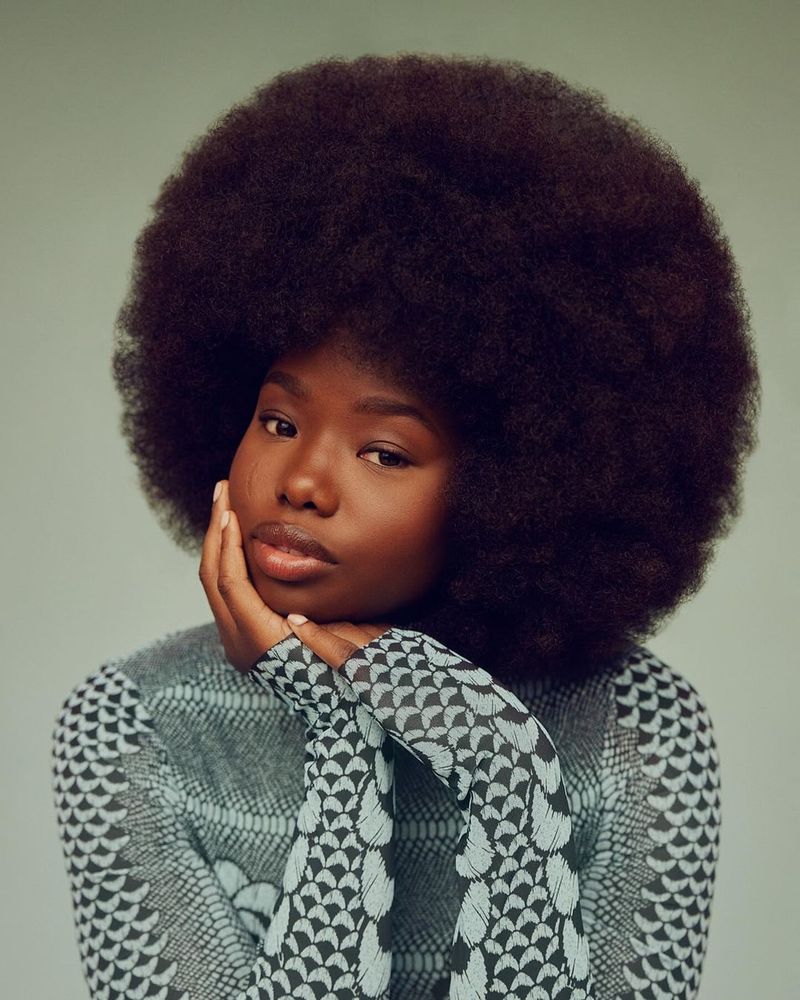
The Afro stands tall as a revolutionary crown that gained prominence during the Civil Rights era. Black activists embraced their natural texture as a rejection of white beauty standards and a celebration of authenticity.
Beyond its political significance, the Afro represents freedom – the liberation of hair from chemical straighteners and hot combs that literally and figuratively burned. Many wearers describe the style as a homecoming to their true selves.
When worn today, Afros continue to make powerful statements about Black pride, self-acceptance, and the beauty of natural hair in all its voluminous glory.
2. Cornrows
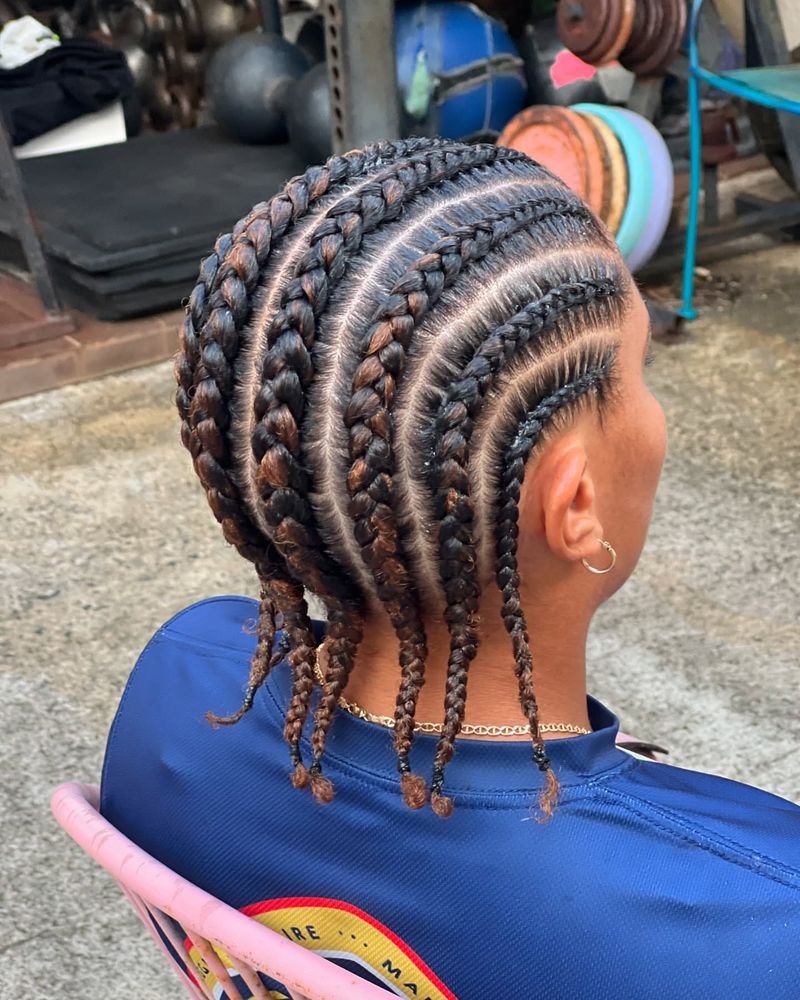
Cornrows tell stories that stretch back centuries across the African continent. These intricate braids hugging the scalp once served as maps for freedom, with enslaved people weaving escape routes and hiding rice seeds within their patterns.
Each region developed distinct cornrow patterns, functioning as cultural signatures that identified tribal affiliations and social status. The technique requires remarkable skill, typically passed down through generations of women who transformed necessity into artistry.
Modern cornrows remain a celebration of African ingenuity while offering versatility – worn alone, under wigs, or as the foundation for elaborate styles that honor ancestral traditions.
3. Box Braids
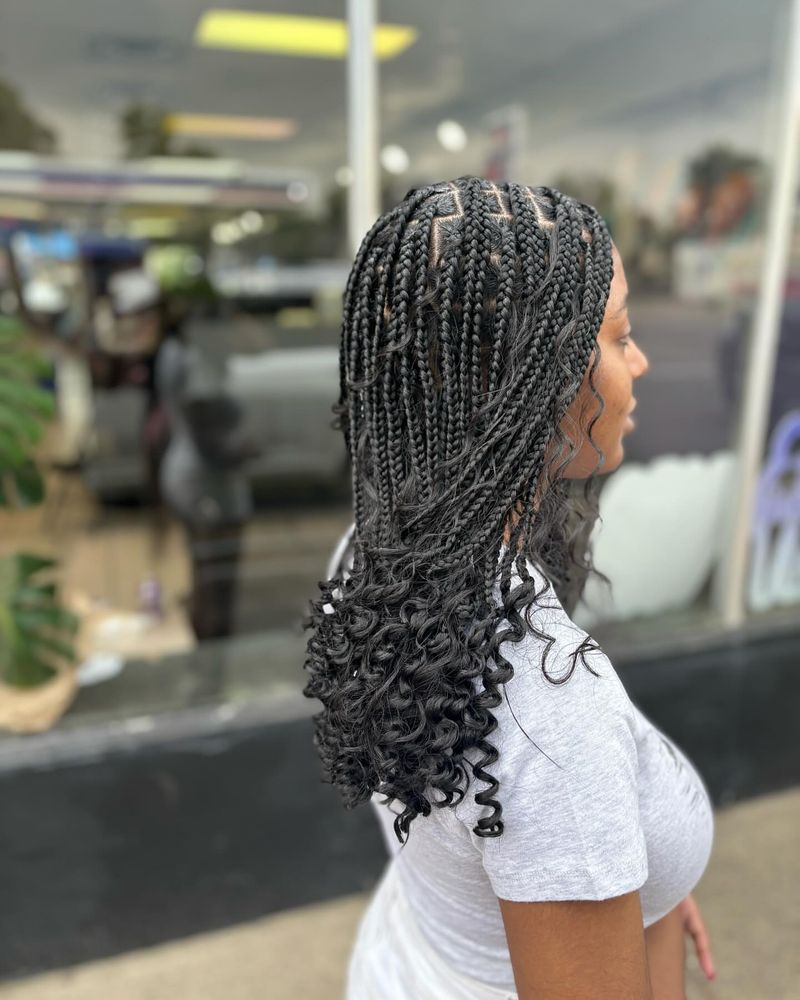
Originating thousands of years ago in ancient Egypt and other parts of Africa, box braids showcase the mathematical precision and artistic vision of Black hair culture. Archaeological evidence proves these squared-off sections have adorned heads since at least 3500 BCE.
Beyond their stunning visual impact, box braids serve practical purposes – protecting natural hair from manipulation, breakage, and harsh weather conditions. The installation process creates valuable bonding time between stylists and clients, often spanning hours of conversation and community building.
Modern wearers personalize their box braids with beads, cuffs, colored extensions, and varying sizes that honor tradition while embracing individual expression.
4. Bantu Knots
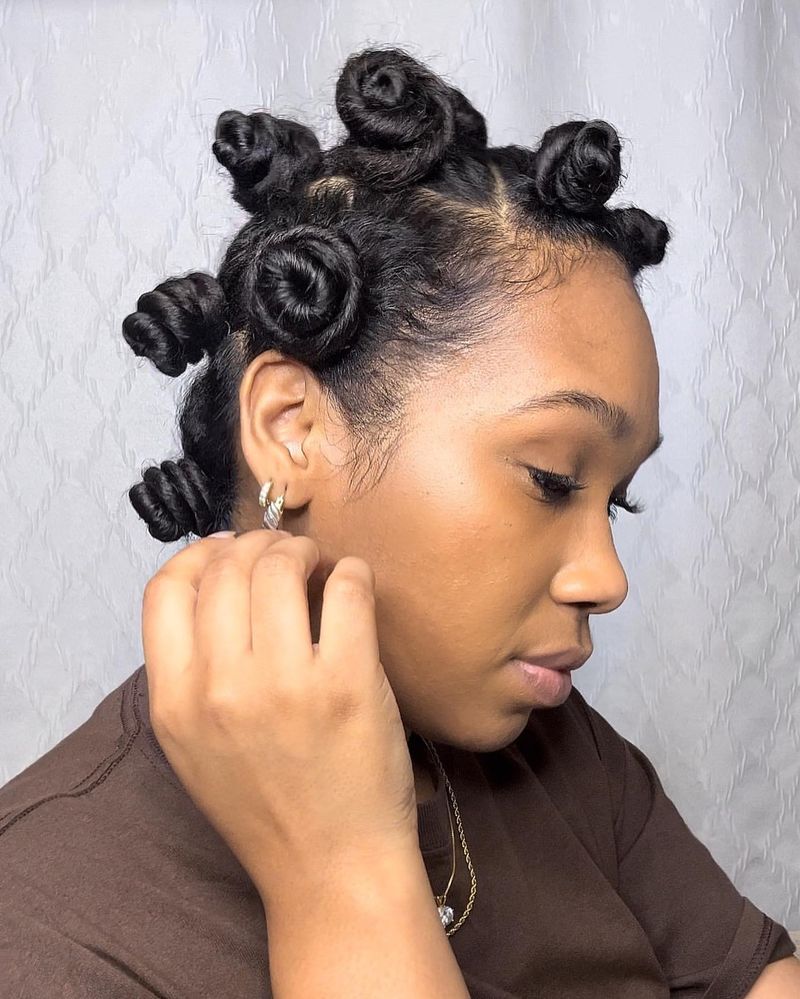
Named for the Bantu peoples of southern Africa, these sculptural coiled knots represent one of the most frequently appropriated yet deeply meaningful Black hairstyles. Each knot forms a small, tight spiral secured against the scalp, creating a distinctive silhouette that’s both practical and profound.
Historically, different knot patterns indicated a person’s marital status, age, and wealth within certain communities. The style efficiently protects ends from damage while naturally setting hair for gorgeous defined curls when unraveled.
Despite fashion magazines occasionally “discovering” this millennia-old style, Bantu knots remain a powerful symbol of African beauty traditions that have withstood colonization and cultural theft.
5. Locs
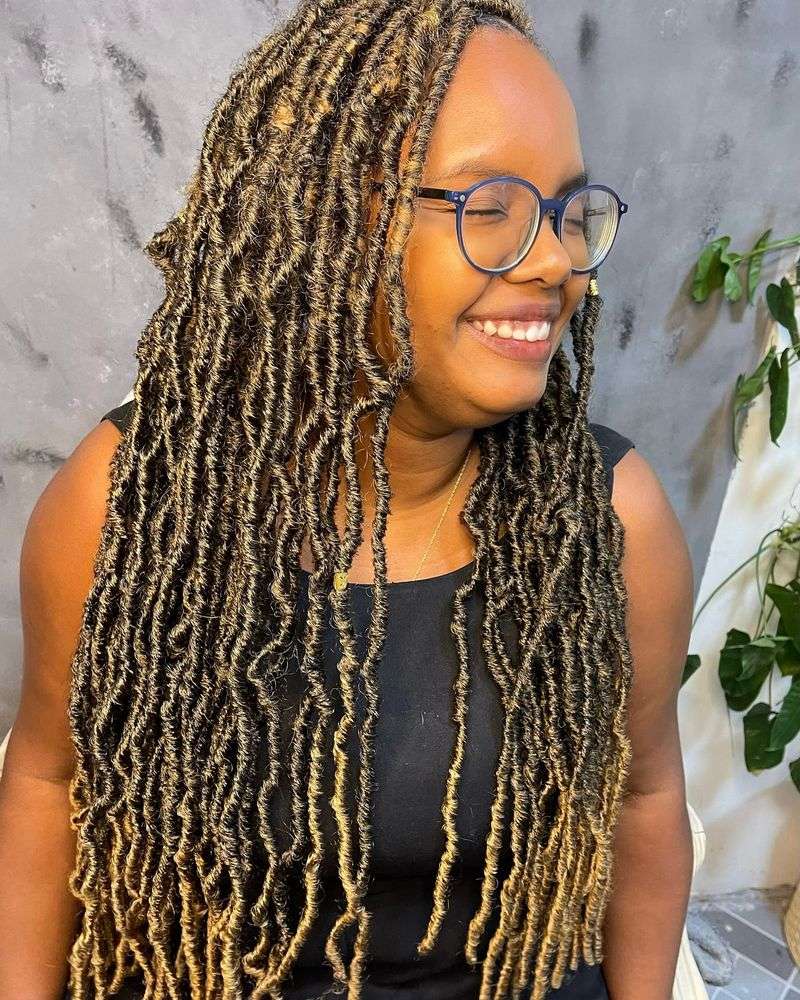
Misunderstood yet magnificent, locs represent one of the most spiritually significant Black hairstyles. Ancient Egyptian artifacts depict locs, while Rastafarian traditions embrace them as expressions of natural living and resistance to Babylon’s oppressive systems.
The formation process requires patience – loose hair gradually “locks” through minimal manipulation, symbolizing a commitment to natural growth and spiritual journey. Many wearers describe profound personal transformations that parallel their hair’s evolution.
Despite workplace discrimination and stereotyping, locs continue gaining mainstream acceptance while maintaining their cultural power as symbols of ancestry, spiritual connection, and the beauty of unaltered Black hair.
6. Two-Strand Twists
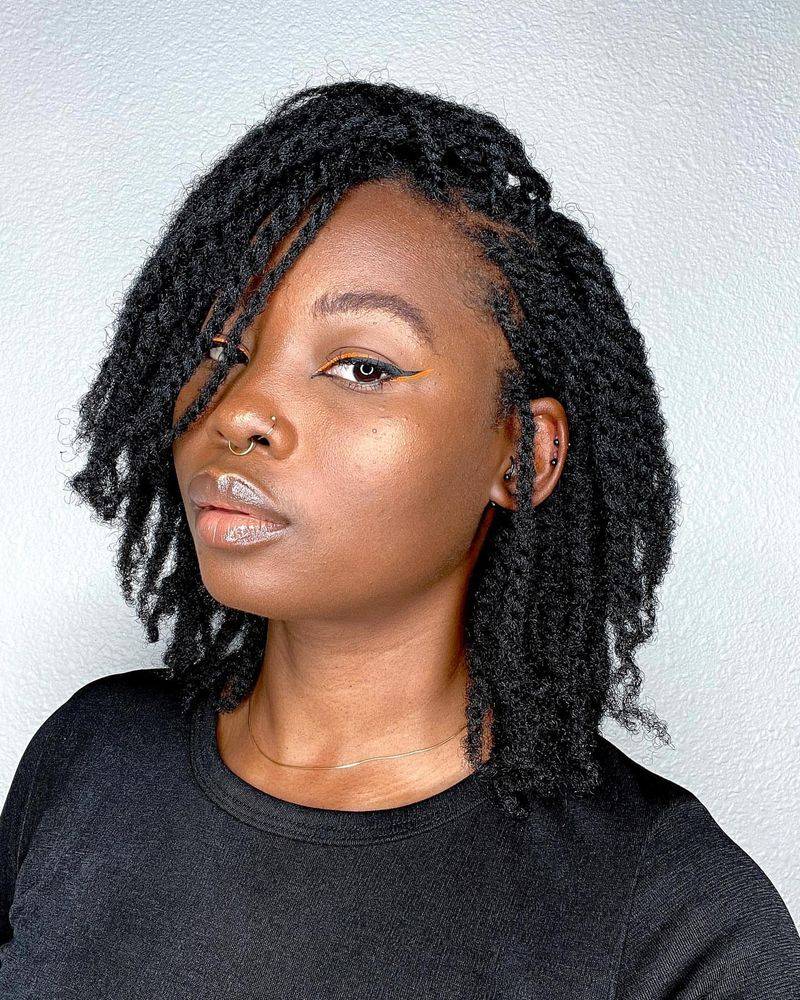
Two-strand twists showcase the remarkable versatility of Black hair through a deceptively simple technique. By wrapping two sections of hair around each other from root to tip, this style creates definition while protecting delicate strands from environmental damage.
Many parents choose twists as protective styles for children, combining practicality with playfulness through colorful beads and creative patterns. For adults, twists offer low-manipulation options that can last weeks while promoting length retention.
Whether worn as a finished style or set overnight to create a defined twist-out, this technique connects modern wearers to ancestral traditions of careful hair preservation and artistic expression.
7. The High Puff
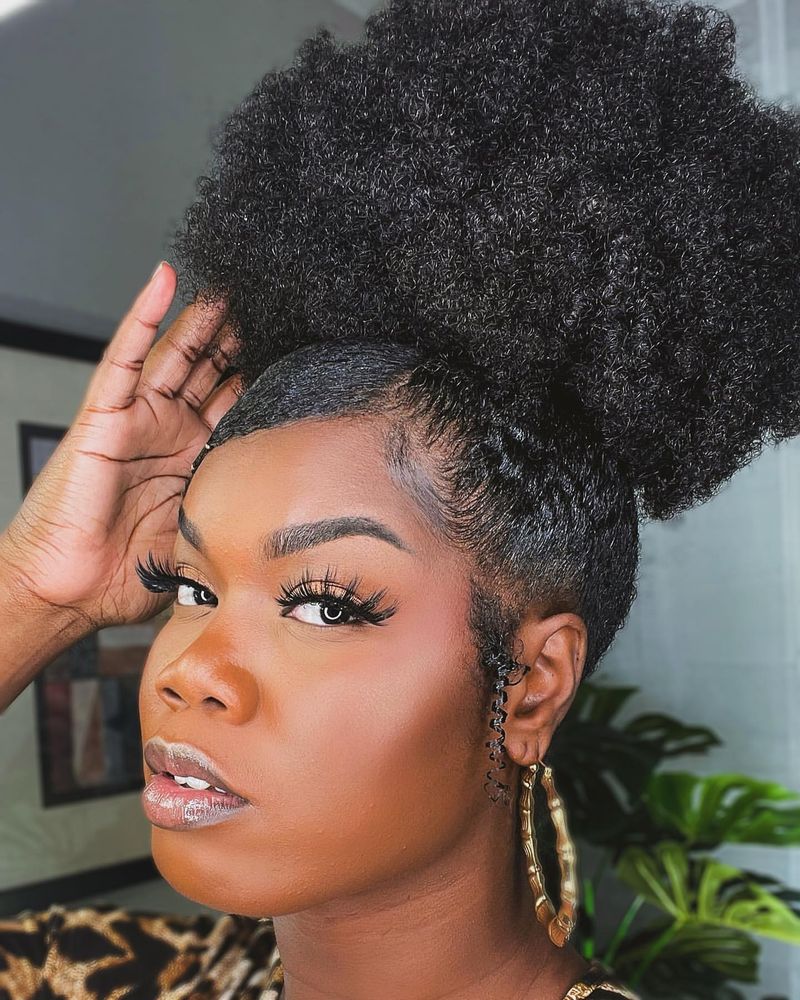
The high puff transforms everyday styling into a bold declaration of natural hair pride. Gathering textured hair into a voluminous puff positioned at the crown creates a silhouette that commands attention while celebrating unaltered curl patterns.
Deceptively simple yet visually striking, this style works across various hair lengths and textures. The versatility allows for personalization through colorful scarves as bases, decorative pins, or leaving tendrils to frame the face.
For many naturalistas, the high puff represents a perfect balance – showcasing texture and volume while keeping hair off the neck and face for practicality. It’s become a signature look for those embracing their natural hair journey.
8. The TWA
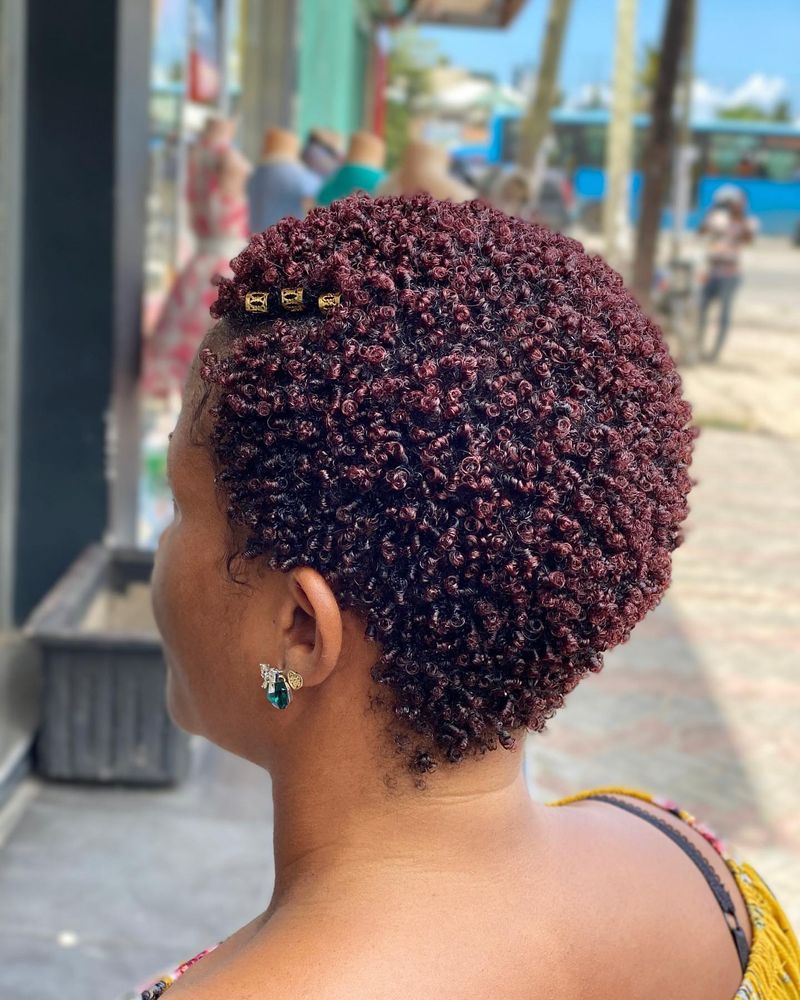
The Teeny Weeny Afro marks a powerful beginning for many Black women embracing their natural texture after years of chemical processing. This short style emerges from the transformative “big chop” – cutting off damaged ends to reveal virgin hair beneath.
Far from being merely transitional, the TWA stands as its own iconic style. The minimalist approach highlights facial features while requiring minimal product and maintenance, allowing newly natural hair to thrive without manipulation.
Many wearers describe profound emotional healing that accompanies their TWA, representing liberation from chemical relaxers and societal pressures. The style has been embraced by activists, artists, and everyday revolutionaries reclaiming their authentic selves.
9. The Braided Updo
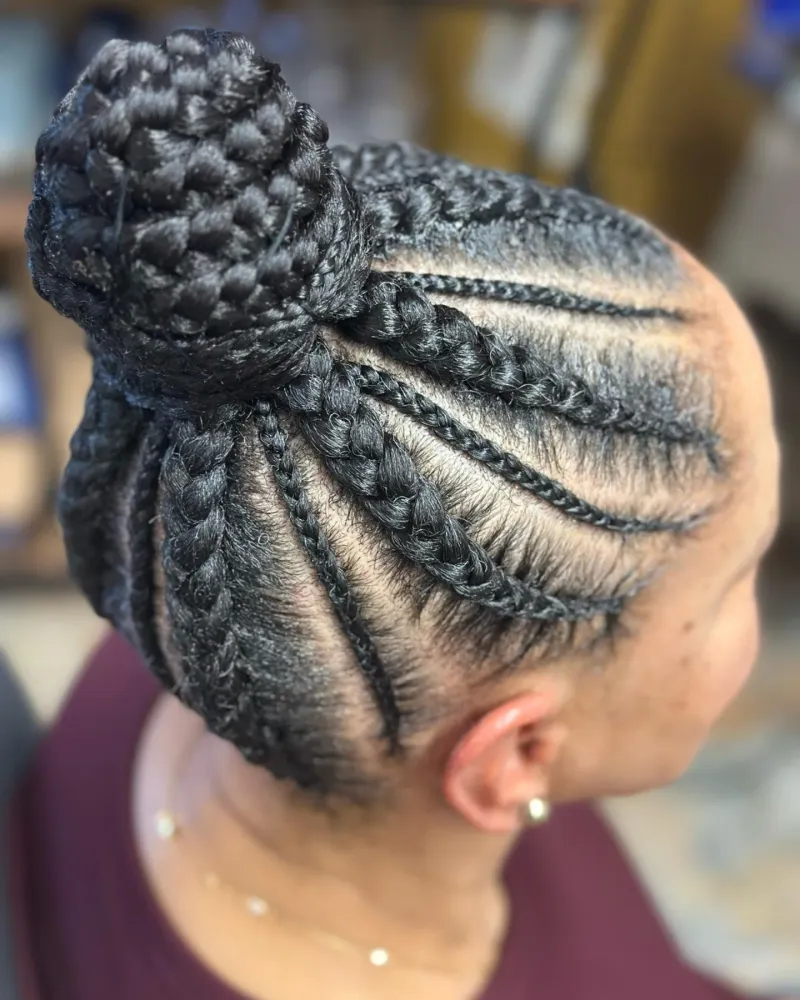
Braided updos transform protective styling into wearable art through intricate patterns that defy gravity. These architectural creations often begin with cornrows flowing into sculptural arrangements that showcase the stylist’s technical mastery and creative vision.
In pre-colonial Africa, specific updo patterns identified tribal affiliations, relationship status, and social standing. Modern interpretations maintain this regal heritage while incorporating contemporary elements like metallic cuffs, threaded yarn, or colorful extensions.
Red carpet appearances by celebrities have spotlighted these styles’ versatility, from sleek formal arrangements to avant-garde creations. Yet the most meaningful updos remain those created in neighborhood salons, where cultural knowledge transfers between generations.
10. Finger Waves
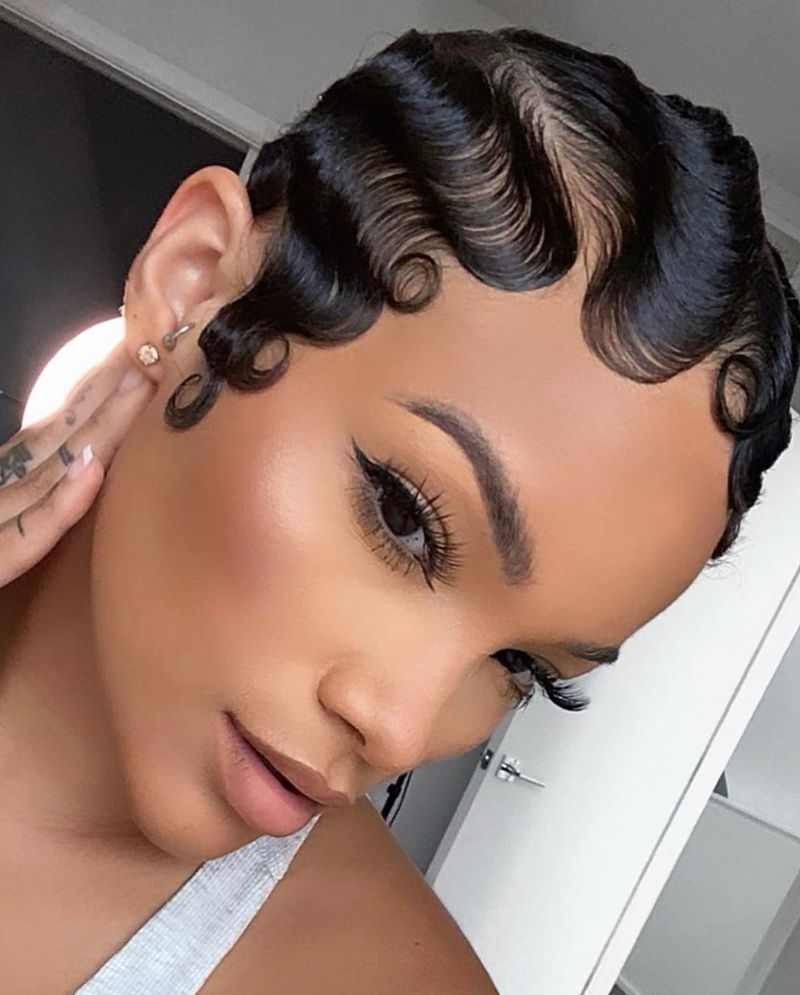
Finger waves rippled through the Harlem Renaissance as symbols of Black sophistication and artistic expression. Created by molding wet hair with fingers and combs, these sleek S-shaped waves represented the elegance of a community celebrating its cultural renaissance.
Jazz Age luminaries like Josephine Baker and Ella Fitzgerald popularized these sculptural styles that transformed hair into art. The technique requires remarkable precision, with each wave meticulously placed to create rhythmic patterns across the head.
Contemporary artists like Janelle Monáe and Andra Day have revived finger waves, connecting modern Black glamour to its historical roots. The style continues evolving while honoring the resilient beauty traditions born during a pivotal era of Black cultural flowering.
11. Goddess Braids
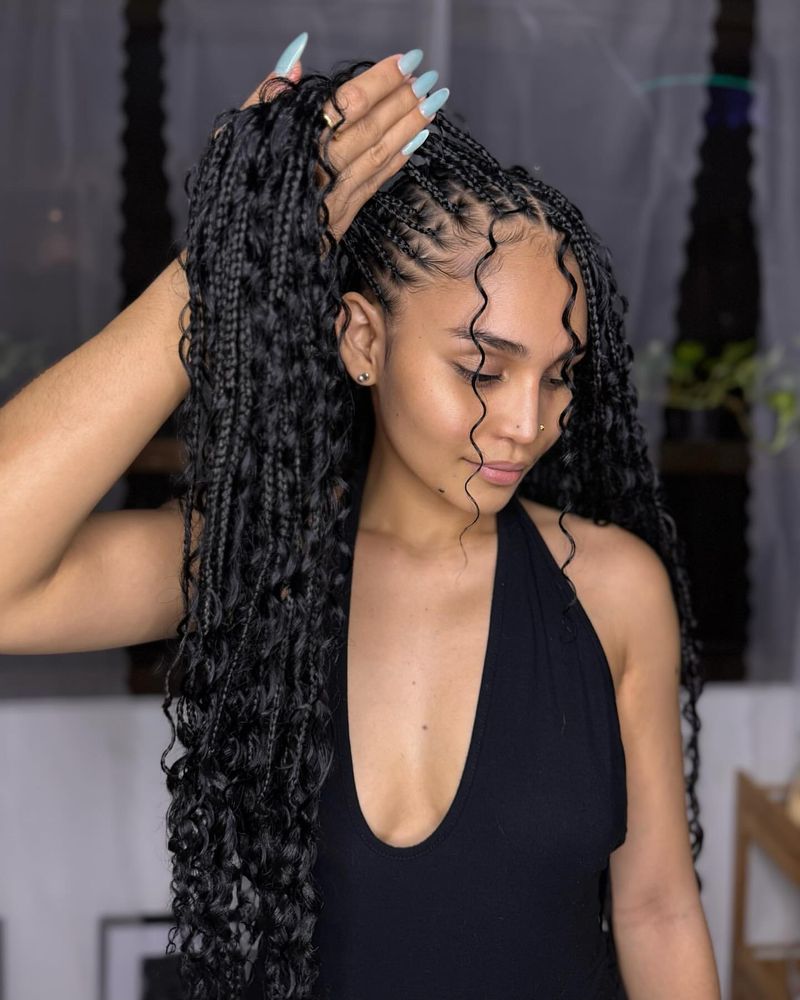
Goddess braids elevate the cornrow technique into majestic statements through their substantial size and dramatic presence. These thicker braids create bold patterns across the scalp, often sweeping upward or forming circular crowns that honor African royalty.
Unlike slimmer cornrows, goddess braids typically incorporate additional hair for volume and longevity. The style’s larger scale allows for more elaborate partings – geometric shapes, curved designs, and asymmetrical patterns that transform heads into canvases.
Many wearers choose goddess braids for their perfect balance of protection and presentation. The style shields natural hair while creating a regal silhouette that commands respect and celebrates the divine feminine energy embedded in Black hair traditions.
12. Fulani Braids
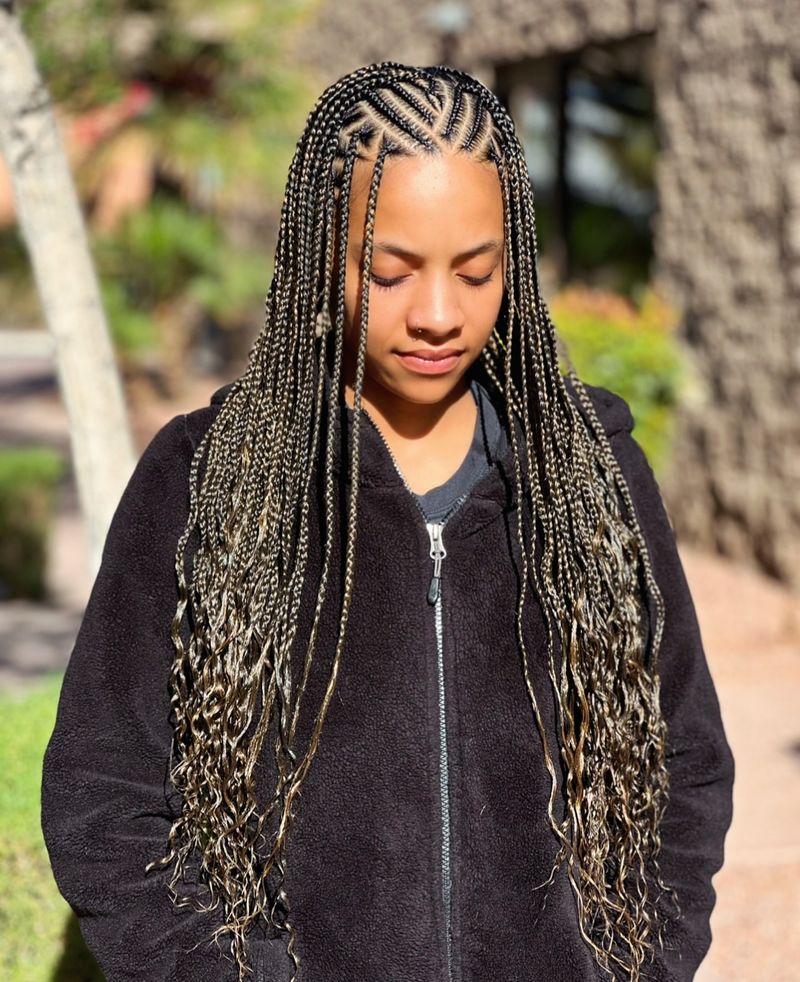
Originating with the Fulani people across West African countries like Mali, Senegal, and Nigeria, these distinctive braids feature a center part with braids flowing backward and signature details like beads, cowrie shells, and cross-patterns at the crown.
Traditionally, specific braid arrangements identified marital status, wealth, and community standing. Today’s interpretations maintain core elements while embracing modern variations through colorful extensions or metallic accessories.
Despite fashion magazines occasionally mislabeling them as “trending” or “new,” Fulani braids represent centuries of cultural knowledge. When worn with understanding of their origins, these braids connect wearers to a rich heritage of nomadic peoples who developed practical, beautiful hair traditions.
13. The Shaved Design
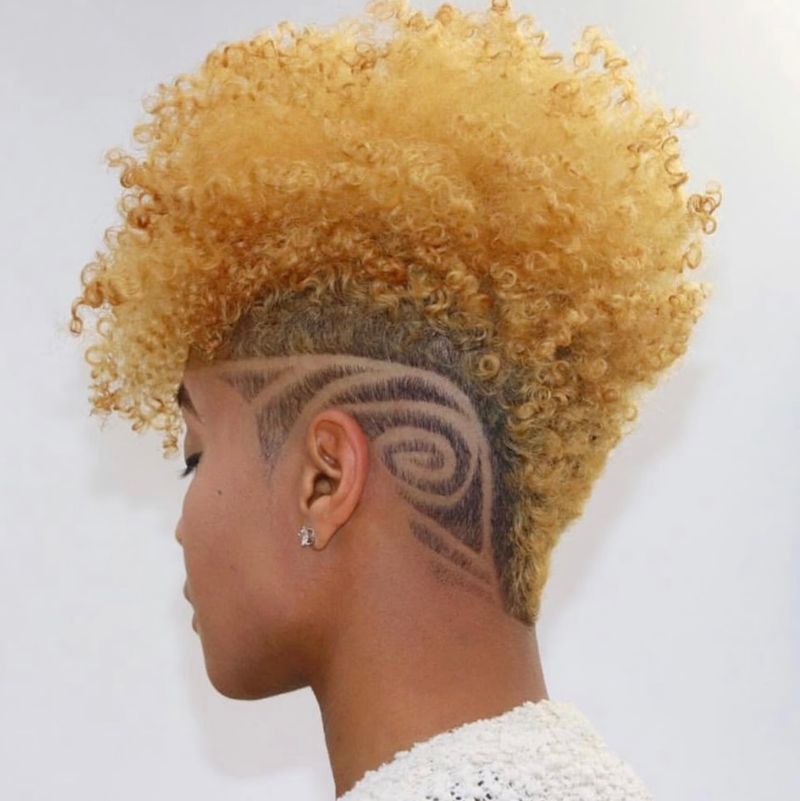
Clippers become artistic tools in the hands of skilled barbers creating geometric patterns, curves, and symbols in Black hair. These designs transform functional haircuts into personalized statements that combine technical precision with cultural symbolism.
Many wearers choose patterns reflecting their heritage – Adinkra symbols, tribal patterns, or ancestral motifs that connect modern style to ancient meanings. Others opt for contemporary designs showcasing sports team logos, artistic abstractions, or personal significance.
For women embracing partially shaved styles, these designs often represent liberation from gender expectations and beauty standards. The temporary nature of carved designs allows for constant reinvention while demonstrating the unique artistic possibilities of Black hair textures.
14. Natural Curls

Embracing natural curl patterns represents a revolutionary act of self-love in a world still fixated on straight hair ideals. The “wash and go” approach celebrates the diverse textures found in Black hair – from loose waves to tight coils – without manipulation or apology.
The natural hair movement gained momentum in the early 2000s as more Black women rejected chemical relaxers and embraced their texture. This shift wasn’t merely cosmetic but deeply psychological, representing rejection of Eurocentric beauty standards that had dominated for centuries.
Today’s curl-enhancing products, specialized techniques, and supportive communities help naturals achieve definition and moisture while honoring their hair’s inherent patterns. The result? Authentic beauty that requires no transformation to be magnificent.
15. Wigs and Weaves
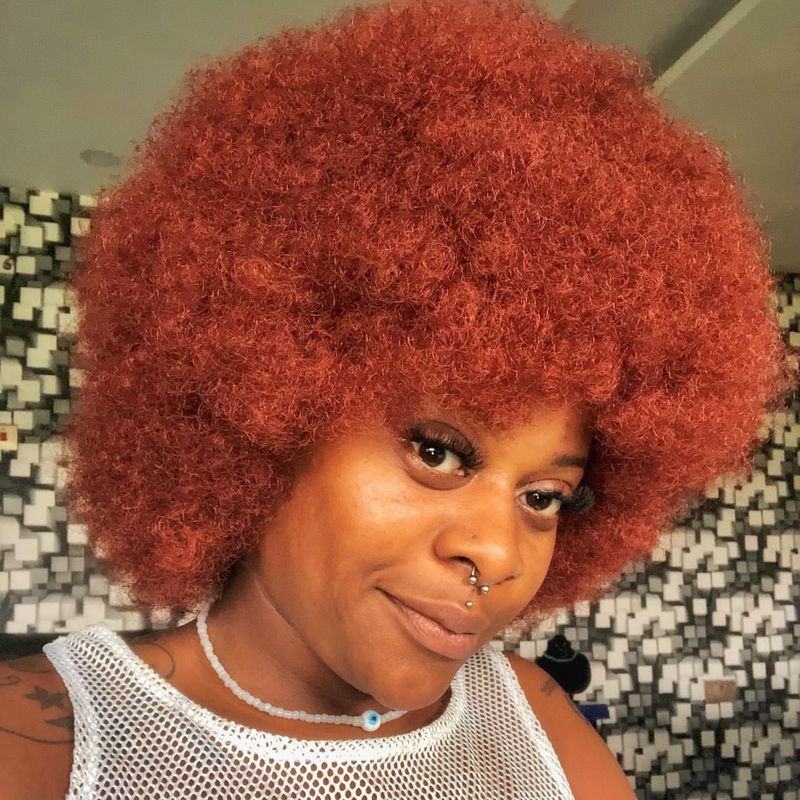
Far beyond mere convenience, wigs and weaves represent creative tools for self-expression and heritage celebration in Black hair culture. These versatile options allow for dramatic transformation without compromising natural hair underneath – a perfect blend of protection and presentation.
Historical context matters: during slavery and colonization, head coverings were often forced upon Black women, while today’s wearers reclaim these options as choices rather than impositions. Modern techniques like lace fronts, closures, and hand-tied wefts create increasingly natural-looking installations.
From everyday styles to avant-garde creations, these additions allow for exploration of length, color, and texture while the wearer’s natural hair rests safely beneath.
16. The Headwrap
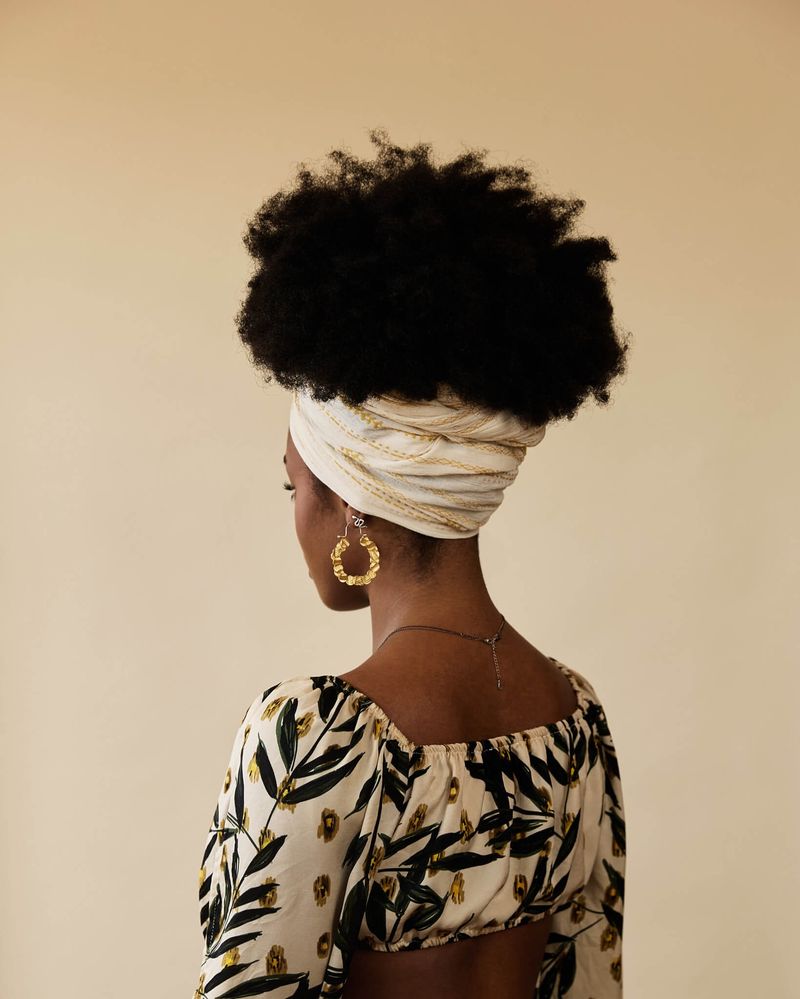
Headwraps transform fabric into powerful statements of cultural pride and artistic expression. These versatile adornments have complex histories – from the tignons laws forcing Louisiana Creole women to cover their hair (which they subverted with increasingly elaborate wraps) to the geles of West African ceremonies.
Modern wearers choose headwraps for countless reasons: protecting styles, expressing spirituality, honoring ancestors, or simply making bold fashion statements. The techniques vary widely, from simple turbans to intricate architectural arrangements that require significant skill.
Beyond their beauty, headwraps offer practical benefits for hair health by protecting against environmental damage while creating striking silhouettes that frame the face with regal elegance.
17. Afro Puffs
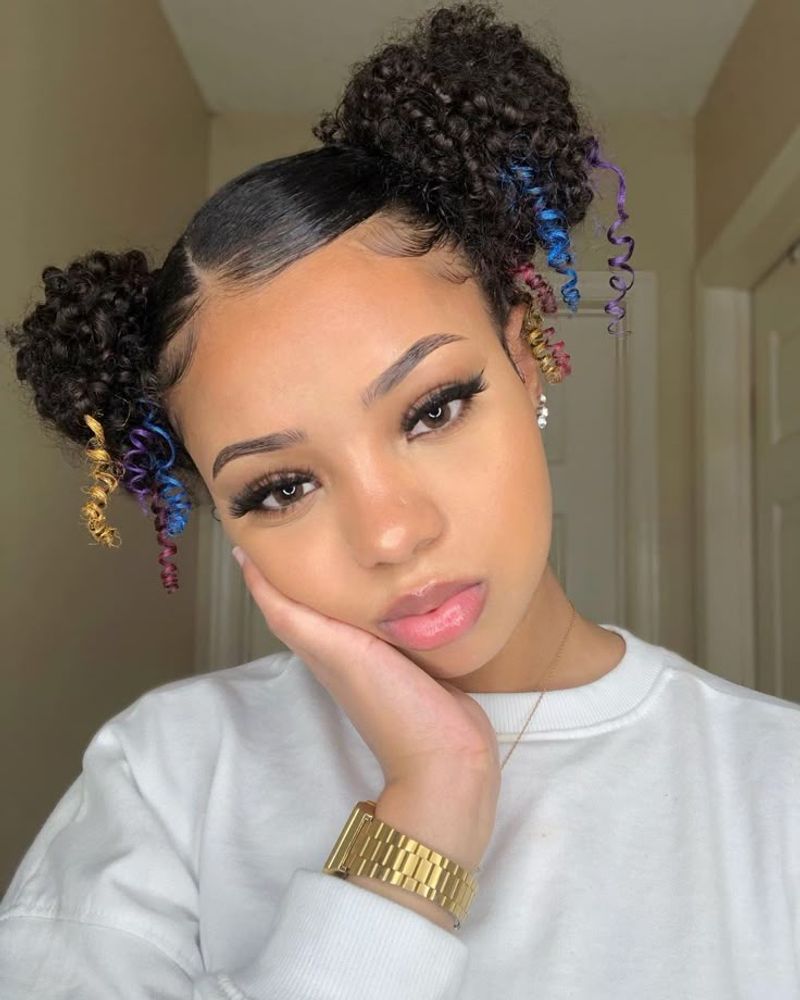
Afro puffs capture the playful spirit of Black childhood while making powerful statements about representation and acceptance. These buoyant ponytails showcase natural texture in its most joyful form, often worn in symmetrical pairs that bounce with every movement.
For generations, Black children were taught to hide their natural texture, making today’s embrace of afro puffs revolutionary. Parents now choose these styles to nurture positive self-image from early ages, often adorning them with colorful barrettes, beads, or fabric accessories.
Beyond childhood, many adults reclaim afro puffs as nostalgic celebrations of their heritage. The style represents carefree Black joy – a radical concept in a world that often denies Black people their full emotional range.

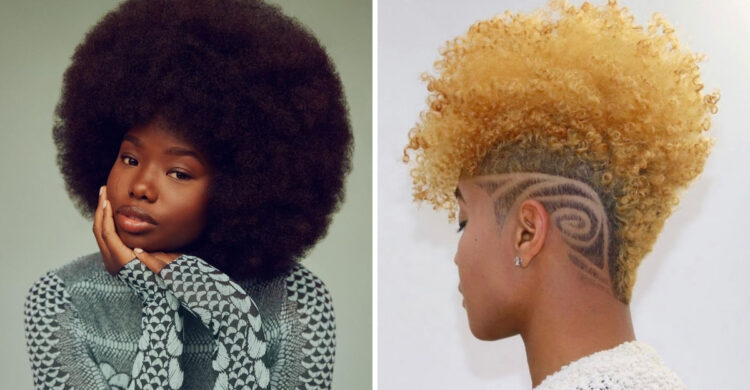
Comments
Loading…